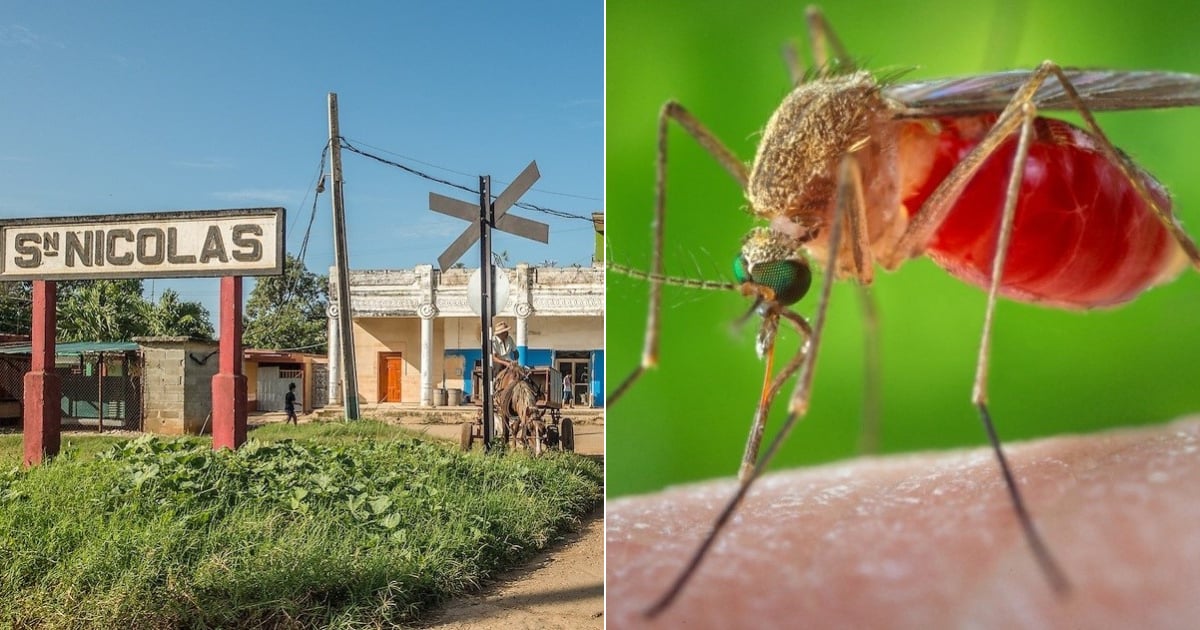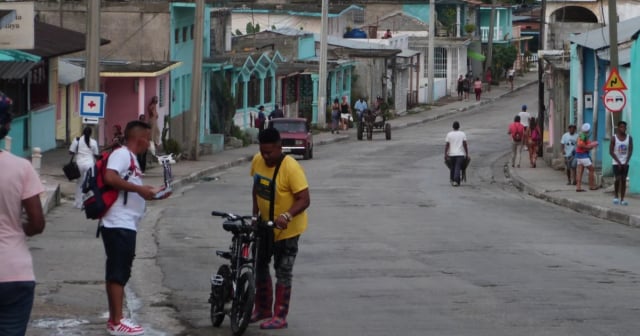
The Ministry of Public Health (MINSAP) of Cuba confirmed this Tuesday the detection of the Oropouche virus in the municipality of San Nicolás, in Mayabeque, after its presence had been reported in the provinces of Santiago de Cuba and Cienfuegos in recent weeks.
The Director of Public Health in the area, Doctor Ramón Aguilar Castillo, reported that the virus was detected "through monitoring and surveillance actions of non-specific febrile syndromes" and confirmed based on samples studied in the national reference laboratory of the Pedro Kourí Institute (IPK), in Havana.
Aguilar revealed that there are cases of the disease in the popular councils of the North and South urban areas, although he did not specify the number of infected people, according to a report from the local radio station Radio Mayabeque.
He added that "entomo-epidemiological actions are being carried out to break the transmission chain and achieve disease control in the shortest time possible." Later, he said, they will carry out fumigation in rural settlements.
Aguilar urged the population "to work together with Public Health in terms of hygiene" and eliminate the small dumpsites.
Oropouche fever is a disease caused by the virus of the same name. It is transmitted by the Culicoides paraensis midge -which has not been detected in Cuba, but is present in the Americas region- and by the Culex quinquefasciatus mosquito, which is very common on the island and breeds in any type of water, including sewage and contaminated water, thereby exacerbating the danger in the country due to poor hygiene.
At the end of May, the Ministry of Public Health confirmed that the febrile infectious outbreak that had been detected for weeks in two municipalities of Santiago de Cuba was caused by this virus, and reported that it had already spread to the territory of Cienfuegos.
However, Cuban health authorities have not yet revealed the number of patients diagnosed with the disease. Nor have they reported how the virus spread between these two territories, whether there was contagion or if they are indigenous cases.
Until then, no severe, critical, or fatal cases had been reported, as stated by the National Director of Epidemiology, Dr. Francisco Durán García, in a special appearance on the National Television News (NTV).
Since it was discovered in Trinidad and Tobago in 1955, this is the first time that the Oropouche virus has manifested itself in Cuba.
The disease has an incubation period of five to seven days, and its symptoms are similar to those of dengue, Zika, and chikungunya: fever, headaches, muscle and joint pains, and sometimes vomiting and diarrhea are also reported.
There is no specific treatment to counteract it, only measures to relieve the symptoms.
The epidemiological alert from the Ministry of Public Health (MINSAP) about the Oropouche virus was not made public until two weeks after the first cases with "non-specific febrile syndromes" were reported in communities in the municipalities of Songo-La Maya and Santiago de Cuba.
The alert about what was happening spread on social media, based on reports from journalist Yosmany Mayeta Labrada, a resident in the United States, who received the first news about the epidemiological outbreak from sources in Santiago de Cuba.
What do you think?
SEE COMMENTS (1)Filed under:






